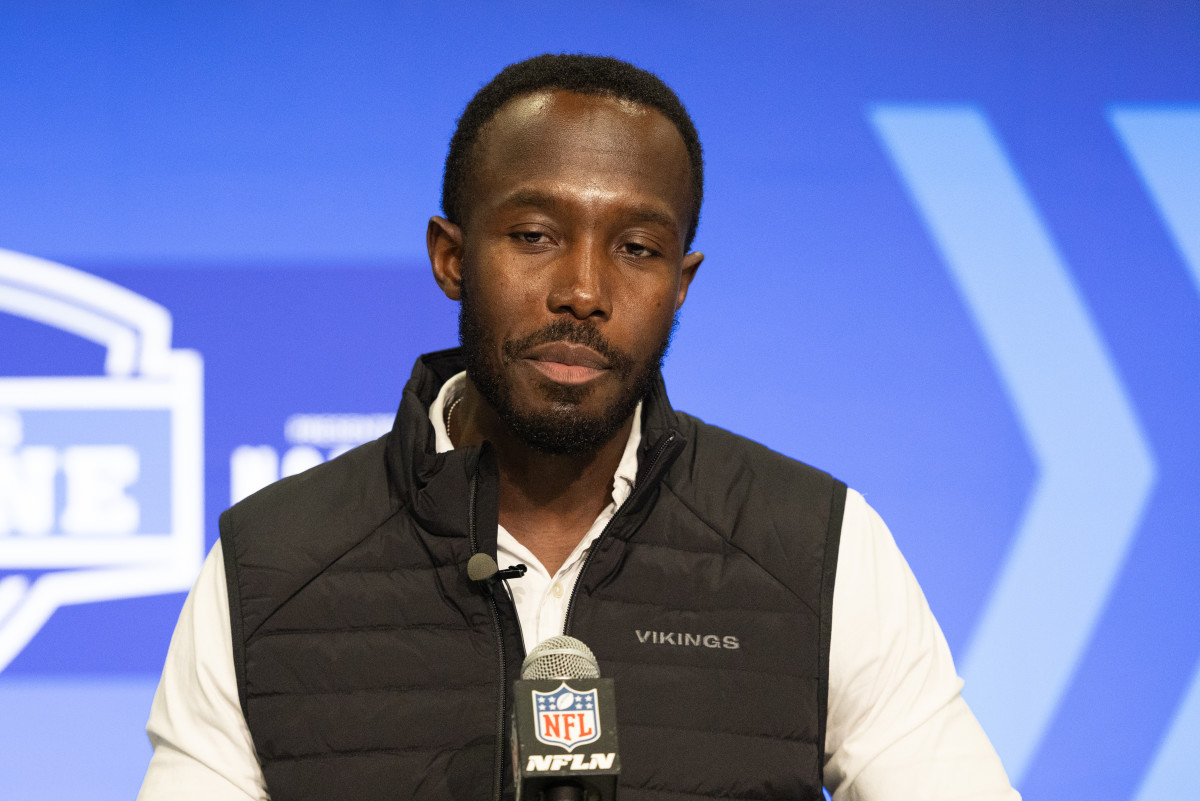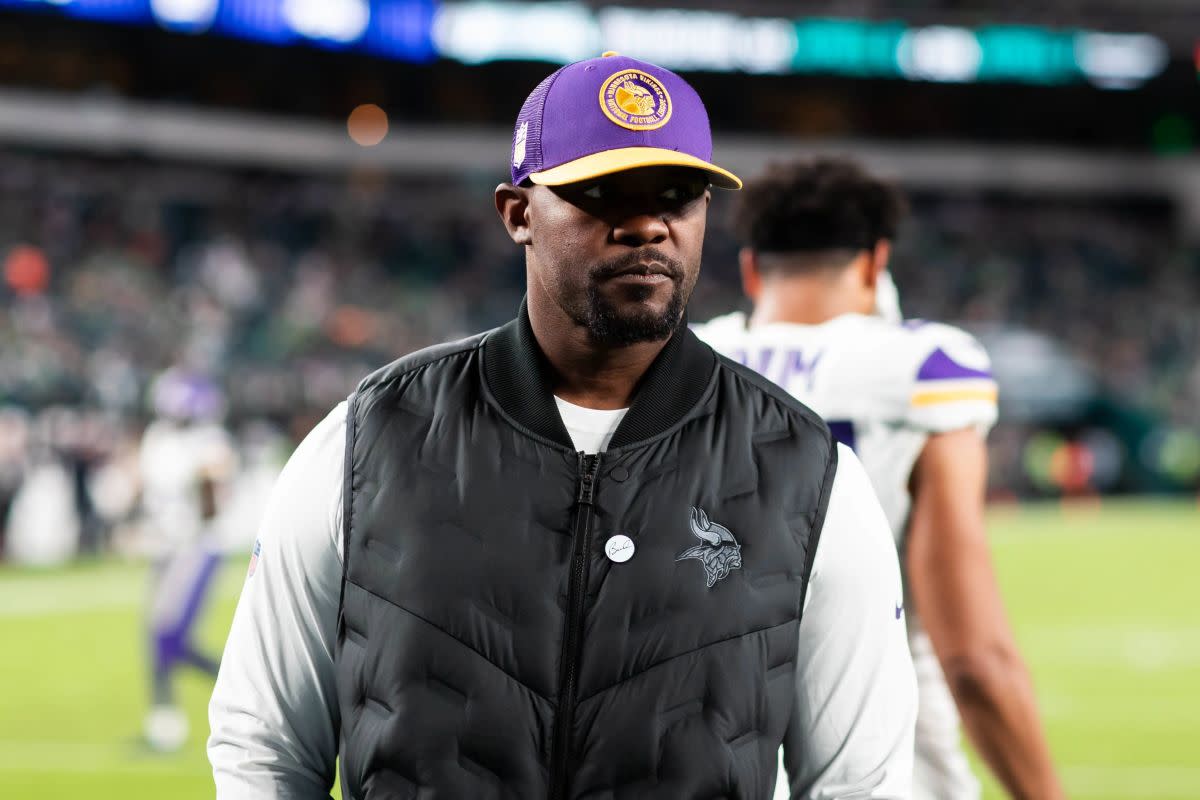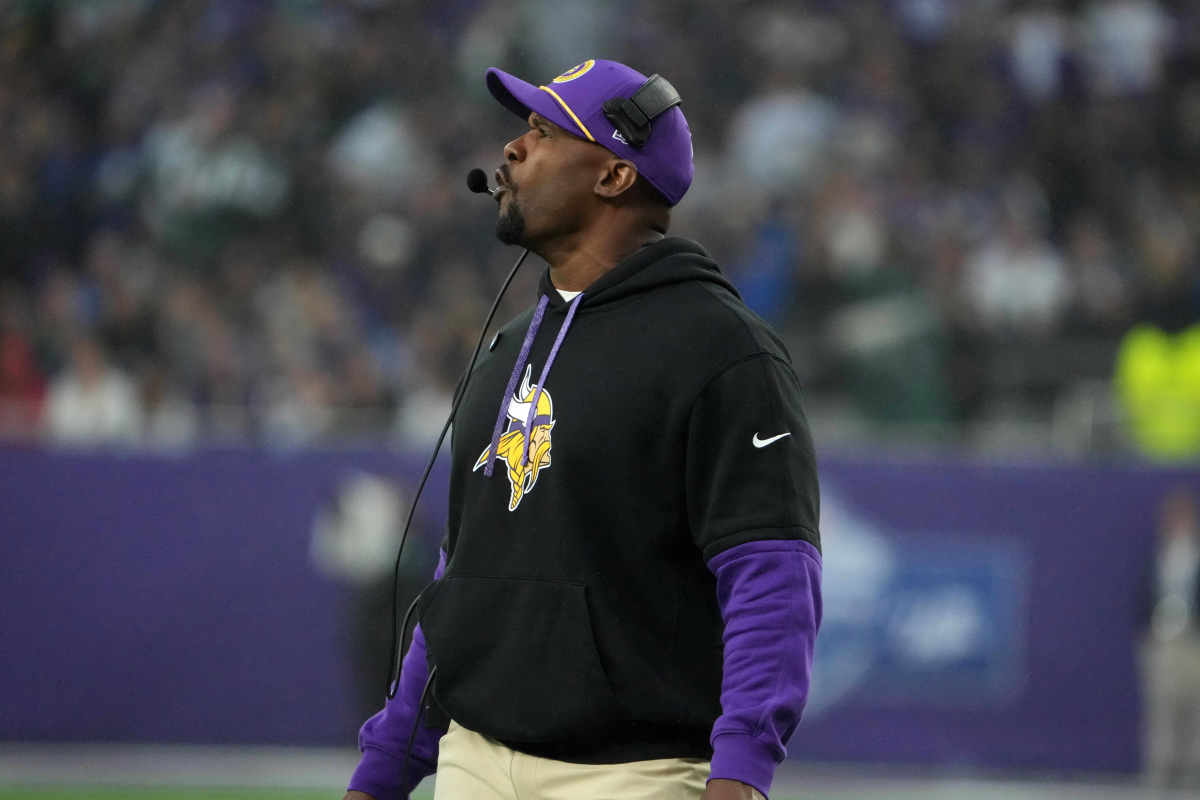Minnesota Vikings Reshape Their Roster Through Strategic Free Agency Moves
Revamping the Trenches for Maximum Output The Minnesota Vikings have taken a bold approach to free agency, making significant changes to their roster in an effort to maximize their potential. One of the primary areas of focus was the offensive line, where they strengthened the interior with the acquisitions of center Ryan Kelly and right guard Will Fries. With an offense featuring high-priced talent, general manager Kwesi Adofo-Mensah made it a priority to solidify protection for the team’s playmakers. Head coach Kevin O’Connell, known for his offensive expertise, now has the necessary foundation to implement his system effectively.

A Defense Built on Depth, Not High-End Contracts The Vikings’ defensive success has been one of the most impressive aspects of their team transformation. Under defensive coordinator Brian Flores, the unit has thrived with a dynamic blend of blitz packages and coverage schemes. Despite ranking among the top defensive units in the league, the Vikings have managed to build their defense without committing to exorbitant contracts for individual players.
Rather than investing heavily in a single superstar, the team has distributed resources strategically. The Vikings ended the 2024 season ranked fifth in total defense and second against the run. What makes this achievement even more remarkable is the financial efficiency with which they’ve constructed their defensive roster.

Key Defensive Contracts and Smart Spending Although the Vikings are investing in their defense, they have avoided excessive spending on any one player. Currently, they do not have a single defensive contract ranked in the top ten in average annual value. However, a few players are earning salaries close to the top tier:
- EDGE Jonathan Greenard: $19 million (13th among edge rushers)
- DT Jonathan Allen: $17 million (T-17th among defensive tackles)
- CB Byron Murphy Jr.: $18 million (T-14th among cornerbacks)
This approach allows the Vikings to field a well-rounded, cohesive unit rather than relying on a single dominant presence. The philosophy behind their defensive construction focuses on assembling a complete group where each player contributes meaningfully to the system.
Balancing the Budget Between Offense and Defense Despite their cost-effective strategy, the Vikings are not neglecting their defensive spending altogether. Before factoring in veteran safety Harrison Smith’s new contract, the team has allocated $116.47 million of their salary cap to the defense. In contrast, their offensive spending stands at $127.62 million, according to Over The Cap.

By maintaining a balanced salary cap distribution, the Vikings can ensure long-term competitiveness without being handcuffed by a few massive contracts. Instead of overpaying for high-profile free agents like Milton Williams or Christian Wilkins, they have chosen a more sustainable approach, targeting valuable pieces that fit their overall defensive scheme.
A Sustainable Model for Success The Vikings’ offseason strategy demonstrates a clear commitment to building a well-structured, deep roster capable of competing at the highest level. Their focus on smart spending, positional upgrades, and a team-first defensive philosophy sets them apart from organizations that rely on expensive star power. As the 2025 season approaches, Minnesota’s well-calculated approach could make them one of the most formidable teams in the league.





